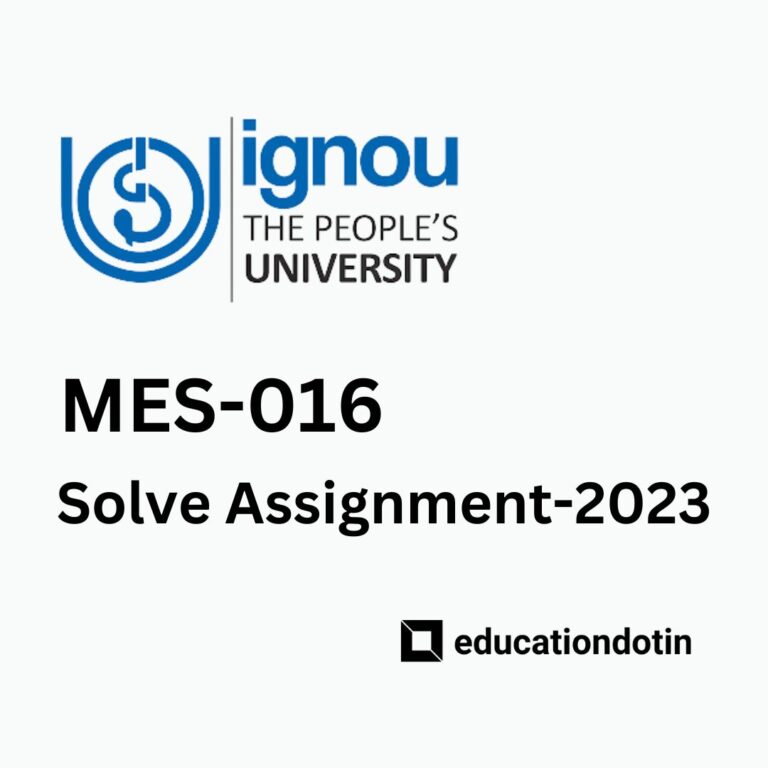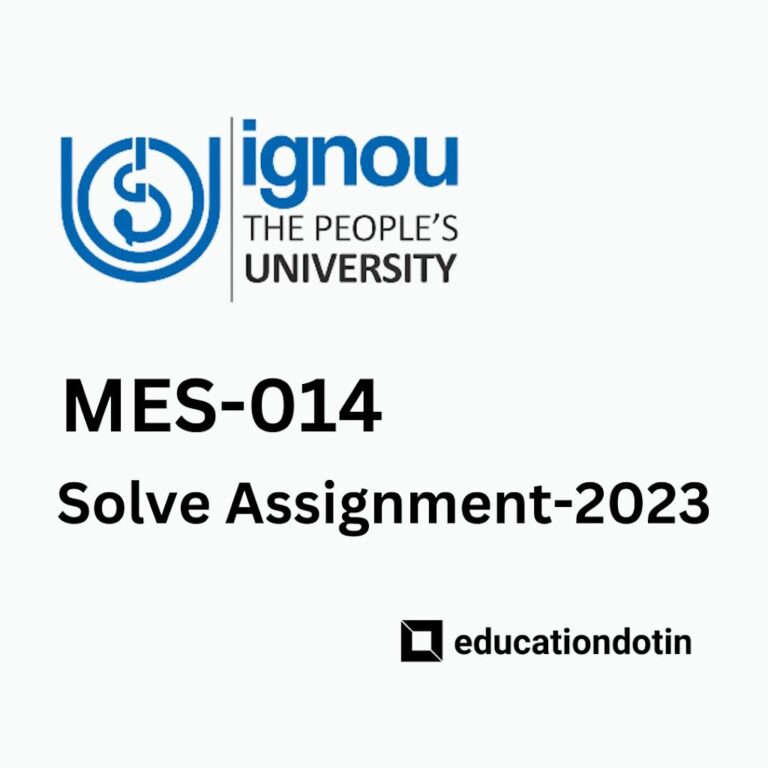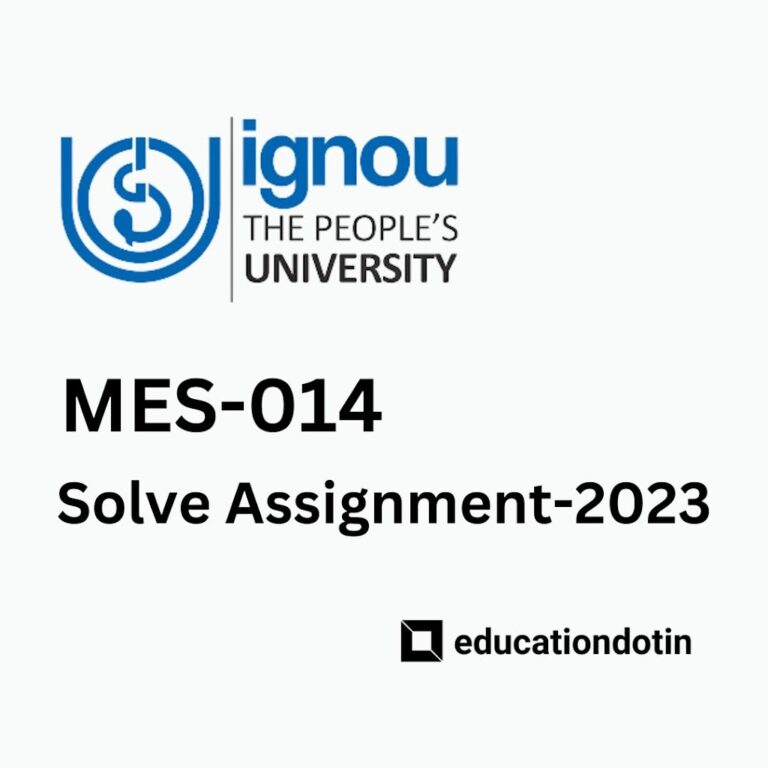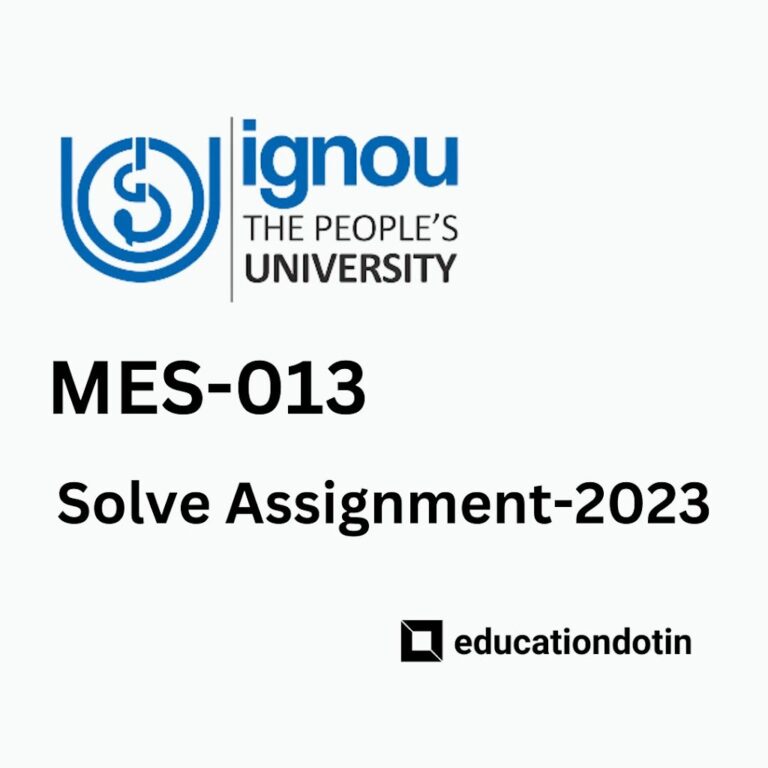Discuss Vygotsky’s socio-cultural perspective in learning and its educational implications.
Lev Vygotsky was a renowned Russian psychologist whose work focused on the role of social and cultural factors in learning. His socio-cultural perspective posits that social interactions, cultural practices, and language are essential components of the learning process. According to Vygotsky, learning is not just an individual activity, but rather a process that occurs through social interactions and dialogue.
One of the most significant implications of Vygotsky’s socio-cultural perspective for education is the concept of the zone of proximal development (ZPD). This refers to the space between what a learner can do independently and what they can achieve with the help of others. Vygotsky believed that effective learning occurs within the ZPD, and teachers can support learners by scaffolding learning activities that challenge them while providing support to enable them to achieve their potential.
Another important implication of Vygotsky’s work is the idea of collaborative learning. Vygotsky argued that social interactions are vital for cognitive development, and that collaborative learning activities can promote students’ cognitive and social development. Teachers can encourage collaboration by creating opportunities for students to work together, provide feedback, and share knowledge.
Vygotsky also emphasized the role of cultural context in shaping individuals’ cognition and learning. Teachers should recognize the diverse cultural backgrounds and experiences of their students and design learning activities that are relevant to their lives. By incorporating diverse cultural perspectives and practices into their curriculum, educators can create a more inclusive and equitable learning environment.
Additionally, Vygotsky saw language as a crucial tool for learning and communication. Teachers can promote language development by providing opportunities for students to engage in discussions, debates, and written expression. Educators should also recognize the diverse language backgrounds of their students and support their language development through appropriate instructional strategies and resources.
Vygotsky’s socio-cultural perspective on learning has several educational implications, particularly in the realm of education and teaching. Some of these educational implications are:
- Zone of Proximal Development (ZPD): Vygotsky’s concept of ZPD highlights the importance of scaffolding and offers a framework for teachers to understand the students’ current abilities and provide appropriate support to help them move to the next level of learning.
- Social Interaction and Collaborative Learning: Vygotsky emphasized the importance of social interaction and collaboration in learning. Teachers can use collaborative learning activities and group work to encourage students to interact and learn from each other.
- Cultural Relevance: Vygotsky’s socio-cultural perspective highlights the importance of cultural context in learning. Teachers can create culturally responsive classrooms that value and respect students’ diverse backgrounds and experiences.
- Language Development: Vygotsky’s perspective stresses the role of language in learning. Teachers can use language-rich activities and encourage students to engage in meaningful discussions to develop their language skills.
- Play: Vygotsky believed that play is a crucial aspect of learning and development. Teachers can use play-based activities and games to engage students and make learning more enjoyable and effective.
- Assessment and Evaluation: Vygotsky’s socio-cultural perspective emphasizes the importance of assessing students’ learning in a holistic and contextual manner, rather than relying solely on standardized tests.
In conclusion,
Vygotsky’s socio-cultural perspective provides valuable insights into the role of social and cultural factors in learning. Teachers can apply Vygotsky’s ideas in their teaching practices to create a more supportive and inclusive learning environment that promotes students’ cognitive and social development. By scaffolding learning activities, promoting collaboration, recognizing cultural context, and supporting language development, educators can help learners achieve their potential and succeed academically and beyond.
Important note:
The Zone of Proximal Development (ZPD) is a theoretical concept developed by Lev Vygotsky, a Russian psychologist. The ZPD refers to the difference between what a learner can do without assistance and what they can accomplish with the help of a more knowledgeable individual.
Vygotsky believed that learning and development happen when a learner is exposed to new ideas and concepts just beyond their current level of understanding, and they receive guidance and support to help them bridge the gap between what they already know and what they need to learn. The ZPD represents this area of potential growth.
In the ZPD, learners can acquire new knowledge and skills through interaction with someone who is more knowledgeable, such as a teacher, parent, or peer. This interaction can take various forms, including direct instruction, coaching, scaffolding, or collaborative problem-solving.
The concept of the ZPD is essential in educational settings because it provides a framework for understanding how learners acquire new knowledge and skills. Teachers can use the ZPD to design learning activities that are challenging yet attainable and to provide appropriate levels of support to help learners make progress. By doing so, teachers can help learners reach their full potential and achieve higher levels of learning and development.







